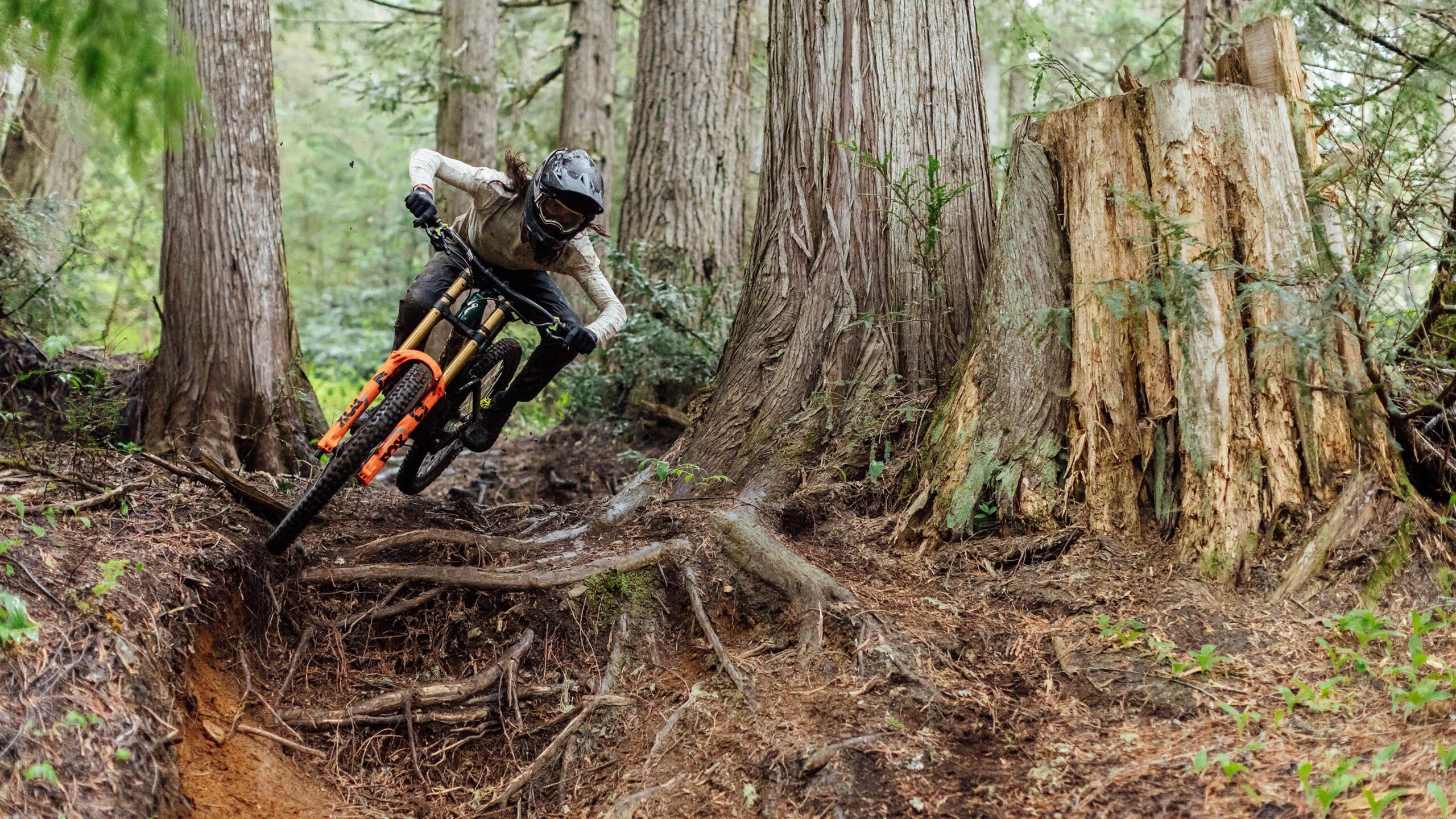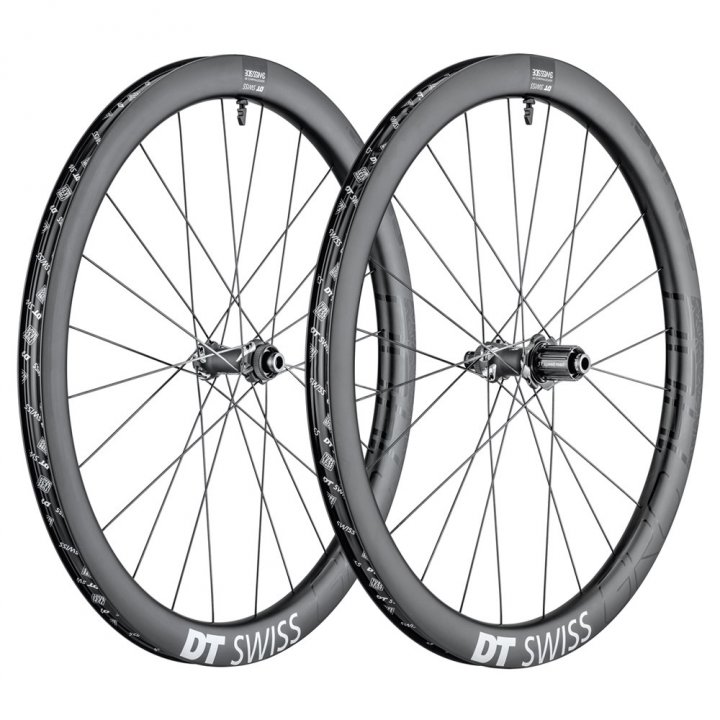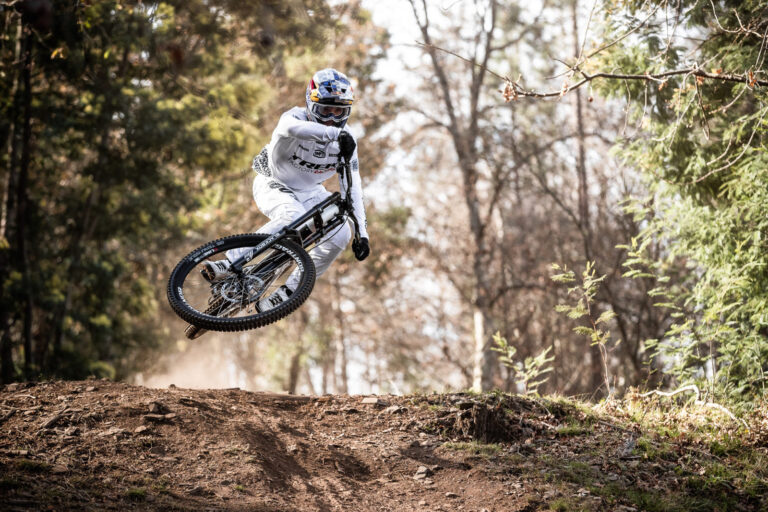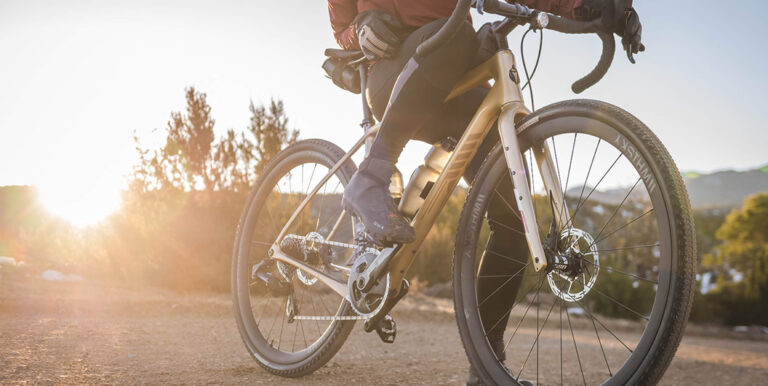Mastering the Trails: Understanding Enduro Bike Geometry
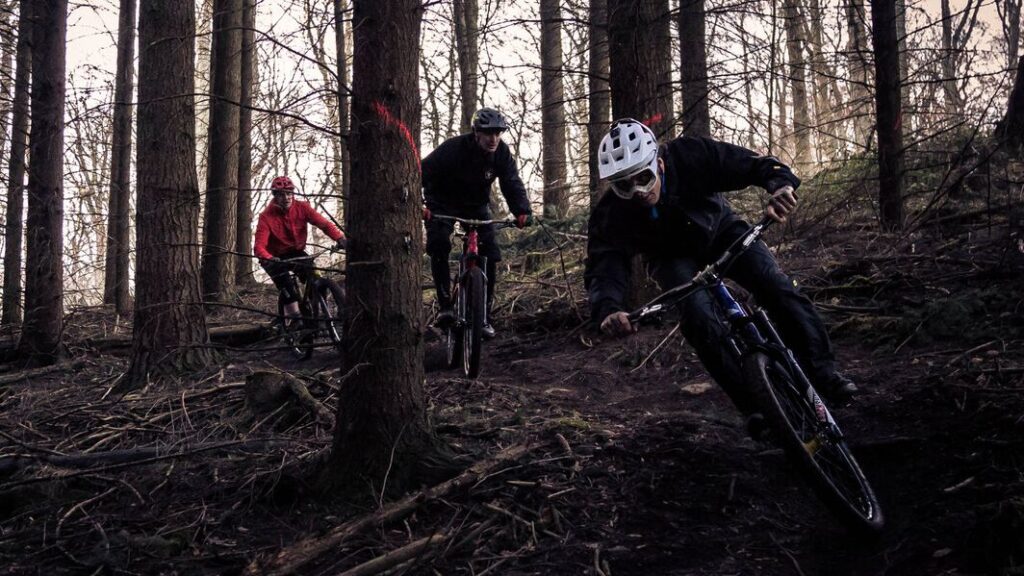
Key Point Summary of Understanding Enduro Bike Geometry:
- Enduro Bike Geometry: It’s the blueprint of your bike’s design, affecting how it handles on diverse terrains, particularly in enduro racing which demands both downhill performance and pedaling efficiency.
- Handling Characteristics: The geometry determines stability at speed, maneuverability, climbing efficiency, and descending prowess. Key components include head angle, seat tube angle, reach, stack, chainstay length, and wheelbase.
- Design Principles: Aimed at optimizing for a mix of downhill speed and pedaling capability. Slack head angles for stability, steep seat tube angles for climbing posture, and longer reach for control.
As a masters cyclist who’s spent countless hours racing and riding across various disciplines—mountain biking, gravel grinding, cyclocross—you name it, I’ve likely had a go at it. My journey through these varied terrains has taught me a lot, especially when it comes to the pivotal role bike geometry plays in handling and performance.
Today, I’m zeroing in on a topic close to my heart: Enduro Bike Geometry. Whether you’re just starting out or have a few rides under your belt, understanding the nuances of your enduro bike’s design can significantly enhance your riding experience. Let’s dive into the world of angles, and lengths, and how they interplay to define the soul of your ride.
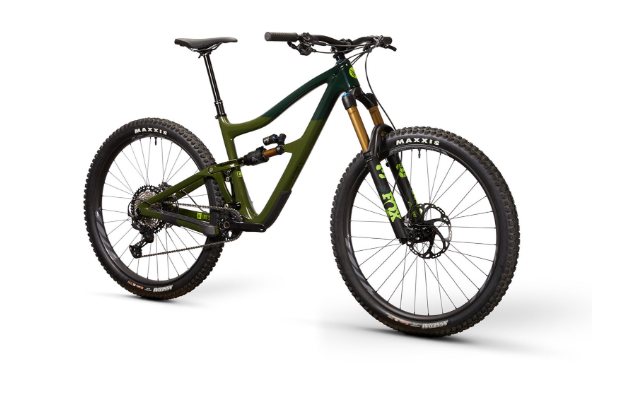
The Essence of Enduro Bike Geometry
At its core, enduro bike geometry is about finding the sweet spot between aggressive downhill capabilities and the nimbleness required for pedaling uphill. Unlike purely downhill rigs, an enduro bike needs to be versatile. It’s a balancing act that designers play with, tweaking angles and lengths to create a machine that can tackle high-speed descents and still pedal efficiently on climbs.
Handling Characteristics
- Head Angle: The slacker the head angle, the better the bike descends. My first enduro bike had a head angle that felt like it could tackle anything on the descent. It was an eye-opener how this single measurement could instill confidence at speed.
- Seat Tube Angle: A steeper seat tube angle puts you in a more powerful position to pedal, especially on steep climbs. I remember switching to a bike with a steeper seat tube angle and suddenly finding climbs more manageable.
- Reach and Stack: These dimensions affect how a bike feels when you’re standing on the pedals, crucial for control during technical sections and descents. A longer reach has often given me a more planted feeling, enhancing control.
- Chainstay Length: Shorter chainstays make a bike more maneuverable, while longer ones add stability. I’ve had bikes at both ends of the spectrum, and it’s fascinating how this changes the bike’s character.
- Wheelbase: A longer wheelbase contributes to stability at speed, a feature you’ll appreciate when descending at high speeds. It’s like having an extra dose of confidence injected into your ride.

Design Principles
Designing an enduro bike is a masterclass in compromise and optimization. The goal is to create a bike that feels like a downhill monster without sacrificing too much on the climbs.
- Downhill Speed and Stability: Achieved by slack head angles and longer wheelbases. It’s all about keeping you in control and comfortable when the trail gets steep and fast.
- Pedaling Efficiency: This is where the steep seat tube angles and thoughtful reach measurements come into play. They ensure that even after a heart-pumping descent, you can still muster the energy and position to tackle the climb ahead.
- Control and Maneuverability: Designers also focus on how the bike will handle in tight switchbacks and technical descents. This involves a delicate balance of chainstay length and the overall geometry to make sure the bike can navigate through tricky sections without feeling cumbersome.
Recommended Enduro Bikes for Geometry
Given the dynamic nature of bike technology and models, what’s considered the best can vary from year to year. However, I can share with you a list of enduro bikes that have consistently received praise for their geometry and overall performance. Remember, the best bike for you depends on your personal riding style, size, and what feels most comfortable and responsive to your needs. Always test ride if possible, and consider how each bike’s geometry aligns with your riding preferences.
- Specialized Enduro: Known for its aggressive geometry, the Specialized Enduro is designed for speed and control. With a slack head angle and a long reach, it offers stability at high speeds and confidence on steep descents.
- Trek Slash: The Trek Slash is another favorite among enduro riders. It features a steep seat tube angle for efficient climbing and a slack head angle for descending prowess. Its balanced geometry makes it a great all-rounder.
- Santa Cruz Megatower: With its adjustable geometry, the Santa Cruz Megatower allows riders to fine-tune the bike’s handling characteristics. Its long wheelbase and slack head angle are perfect for tackling technical descents.
- Yeti SB150: The Yeti SB150 is renowned for its innovative geometry that strikes an excellent balance between uphill efficiency and downhill capability. It’s a favorite for riders looking for a bike that doesn’t compromise on performance.
- Canyon Strive: The Canyon Strive features a unique shape shifter technology that allows for on-the-fly geometry adjustments. This means you can optimize the bike’s handling for climbs or descents with the flick of a switch.
- Mondraker Foxy Carbon: Mondraker is known for its Forward Geometry concept, featuring a very long reach and a relatively slack head angle. This design philosophy prioritizes stability and control, making the Foxy Carbon a standout option for technical trails.
- Ibis Ripmo V2: The Ibis Ripmo V2 combines a slack head angle with a steep seat tube angle, offering a blend of downhill confidence and climbing prowess. Its geometry makes it a versatile choice for varied terrain.
- Pivot Firebird: The Pivot Firebird is designed for enduro racing and aggressive trail riding. Its geometry includes a slack head angle and a long reach, ensuring stability at speed and control in technical sections.
Final Thoughts
When looking for the best enduro bike, consider how the geometry will affect your riding on the trails you frequent most. Each of the bikes listed above offers a unique take on balancing the demands of enduro riding, with design choices that emphasize downhill performance, climbing efficiency, and overall control. Always keep in mind your personal preferences, fit, and riding goals when selecting your next enduro bike.
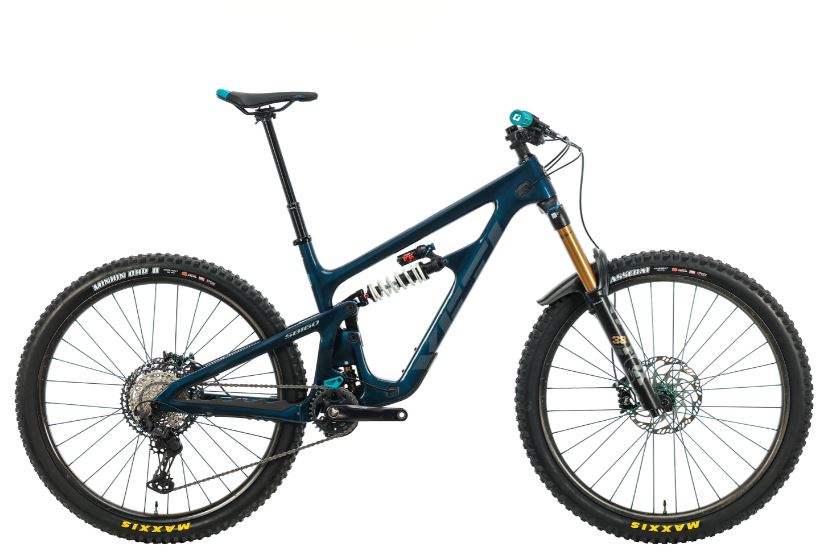
FAQ
What is the best head angle for an enduro bike?
Typically, a head angle between 64 to 66 degrees is considered ideal for an enduro bike. This range provides a good balance of stability at high speeds on descents and maneuverability on technical terrain.
What should I look for in an enduro bike?
- Geometry: Look for a slack head angle, steep seat tube angle, and a long reach for stability and efficient climbing.
- Suspension: Aim for 150-170mm of travel to handle rough descents while remaining pedal-efficient.
- Frame Material: Consider the trade-offs between the lightweight nature of carbon and the durability and cost-effectiveness of aluminum.
- Wheel Size: 29-inch wheels for rolling over obstacles smoothly or 27.5-inch for more maneuverability.
- Tire Choice and Drivetrain: Durable tires with good grip and a drivetrain that balances climbing gears with speed.
How does the geometry of a bike work?
Bike geometry, including angles and lengths of various frame parts, dictates the bike’s handling characteristics. It influences stability, maneuverability, and rider position, affecting how the bike performs on climbs, descents, and flat terrain. The key elements like head angle, seat tube angle, reach, stack, and wheelbase work together to determine the overall feel and capability of the bike on different types of terrain.
